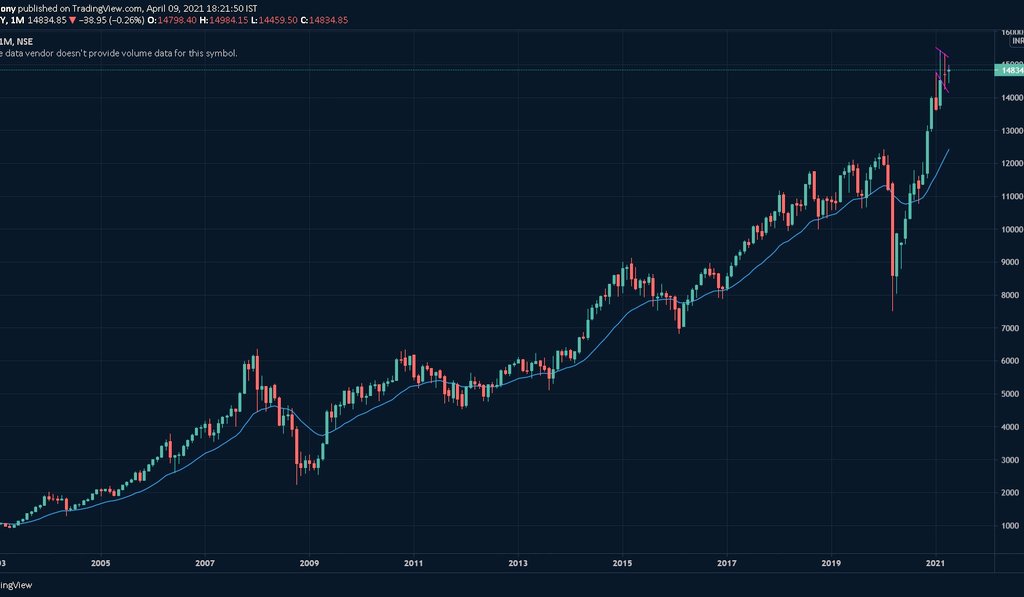
To all my #NEAR Family, this thread explains why Near Protocol is one the most advanced blockchain networks. And how it can become the future of decentralized economy.
@NEARedu @NEARmaverick @nearbigbrain @mattdlockyer @ilblackdragon @NEARProtocol
@NEARedu @NEARmaverick @nearbigbrain @mattdlockyer @ilblackdragon @NEARProtocol
It all started with a debate upon scalability of Blockchain Networks.
#ETH 2.0 wya buddy?
As you know, the burning sensation in Ethereum’s stomach created need for an advanced mechanism. This technology is called Sharding.
#ETH 2.0 wya buddy?
As you know, the burning sensation in Ethereum’s stomach created need for an advanced mechanism. This technology is called Sharding.
Traditional sharding basically treats each shard like another blockchain. These shards work side-by-side to produce chunks and nodes producing them are called Producer Nodes.
Nodes that verify transactions on a shard are called Validator Nodes.
Nodes that verify transactions on a shard are called Validator Nodes.
Sharding reduces validators available for verifying each transaction. Earlier, 1 tx was validated by 100 VNs. If 10 shards are created on main chain, each shard can process 1 tx that gets verified by 10 validators.
This increases chance of 51% attack on chain. How?
This increases chance of 51% attack on chain. How?
Earlier, if 51% validators of a chain agreed upon a faulty tx, it will be processed. Now only 5.1% can agree to corrupt that shard which will corrupt whole network.
Some argue that Validators get financial rewards, so they won’t cheat. What if the network has $multi-billion txs?
Some argue that Validators get financial rewards, so they won’t cheat. What if the network has $multi-billion txs?
This problem is known as Adaptive Corruption.
To solve this issue, what NEAR does is that it conceals “Which Validator verifies Which Chunk on Which Shard”.
This creates a robust ecosystem for future applications to be securely powered on Near Protocol.
To solve this issue, what NEAR does is that it conceals “Which Validator verifies Which Chunk on Which Shard”.
This creates a robust ecosystem for future applications to be securely powered on Near Protocol.
Now, coming back to Shards.
Each shard resembles a chain, where local parts of global state are stored in that particular shard and transactions are processed.
This ensures both process sharding and state sharding can co-exist on the network. Absolutefuckingly genius 🧠
Each shard resembles a chain, where local parts of global state are stored in that particular shard and transactions are processed.
This ensures both process sharding and state sharding can co-exist on the network. Absolutefuckingly genius 🧠
Process-sharding means when processing of transactions is divided into separate shards having their own validator nodes 😉
Most L1s that implement sharding have this. What’s unique in NEAR? Now let me tell you now why Near is The Future 🧞♂️
Most L1s that implement sharding have this. What’s unique in NEAR? Now let me tell you now why Near is The Future 🧞♂️
So, State basically refers to the storage used by blockchain networks.
With growing block sizes each day, state sharding is the necessity of future applications.
Most L1s don’t have state sharding. This makes NEAR unique and far-focused.
With growing block sizes each day, state sharding is the necessity of future applications.
Most L1s don’t have state sharding. This makes NEAR unique and far-focused.
With state sharding, shard chains can cross-communicate with each other and share useful data, call other contracts existing on different shards and change state asynchronously.
How this happens is out of scope of this thread. DM to know more 😁
How this happens is out of scope of this thread. DM to know more 😁
Now comes the settlement aka concensus mechanism. Blockchains settle blocks through 2 primary techniques:
1.Longest chain method
2.Byzantine Fault Tolerance method
What NEAR does? It combines both of them 😨 Hybrid architecture ftw 🙌🏽
1.Longest chain method
2.Byzantine Fault Tolerance method
What NEAR does? It combines both of them 😨 Hybrid architecture ftw 🙌🏽
The two revolutionary techniques that Nightshade brings on table are:
1.State Sharding enabling cross-shard communications (future of cross-chain compatibility 👀)
2.Hybrid Consensus mechanism
1.State Sharding enabling cross-shard communications (future of cross-chain compatibility 👀)
2.Hybrid Consensus mechanism
There is a lot more to explain and even much more to learn which won’t fit into the context of this tweet.
I’ll suggest anyone who is interested to look at the NEAR Nightshade Whitepaper below👇🏽
near.org/papers/nightsh…
I’ll suggest anyone who is interested to look at the NEAR Nightshade Whitepaper below👇🏽
near.org/papers/nightsh…
I am glad @NEARmaverick suggested this topic. This exposes so many good details of @NEARProtocol and how it’s the complete blockchain network in existence.
Decentralized. Secure. Scalable.
No doubt when we NEARians say #TheFutureisNear
Decentralized. Secure. Scalable.
No doubt when we NEARians say #TheFutureisNear
If you liked this thread, please consider liking and retweeting this tweet below. I’ll meet you in the next very very interesting thread on Solana vs Near Protocol.
Till then, Sayonara 👋🏼
Till then, Sayonara 👋🏼
https://twitter.com/pythontony/status/1510340654211104770
• • •
Missing some Tweet in this thread? You can try to
force a refresh






